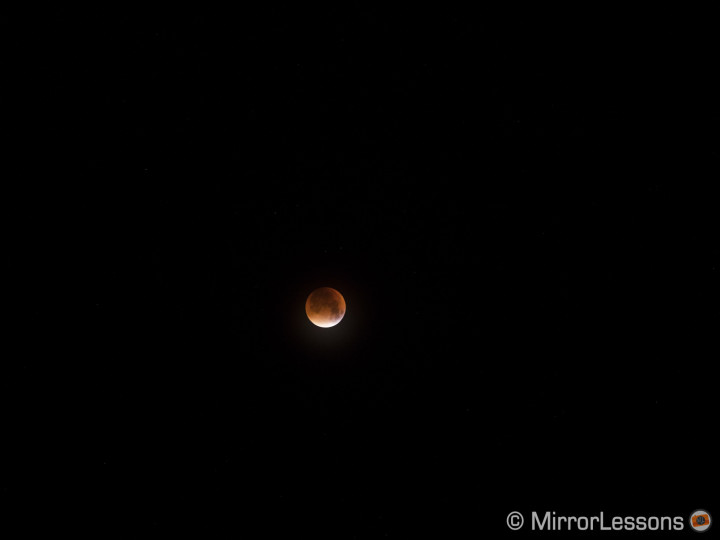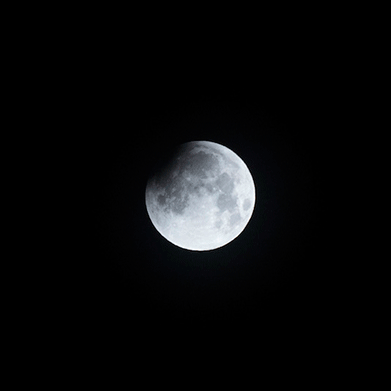Last night, we and the rest of the world were witnesses to an event that only happens a few times per century, a super blood moon lunar eclipse. To give you an idea of the infrequency of this event, the last one happened before Mathieu and I were born and the next one won’t happen until 2033!
During a super blood moon lunar eclipse, the moon is at the place in its orbit where it’s closest to earth, and appears 14% larger and 30% brighter than usual. The reason it is called a “blood moon” is because at the height of the eclipse, the moon takes on a deep red hue caused by the sun’s rays being reflected onto its surface.
Unlike a solar eclipse, a lunar eclipse lasts much of the night. This year’s event began at around 1:10 a.m. (BST) and was fully emerged in the earth’s shadow by 3:11 a.m. (BST). By 6:24 a.m. (BST) the show had come to a close.
Since the longest lenses we had on hand were the Lumix 35-100mm f/2.8 and 14-140mm f/3.5-5.6, we popped them on the GX8 and tried our hand at shooting the first part of the eclipse (following two very large cups of coffee and a three hour nap)!
Helpful Tips:
- Use a tripod for maximum stability.
- When shooting the moon with a mirrorless camera, it is always a good idea to turn on the constant preview option in the menu. Doing so will give you an actual preview of your exposure and thus a clearer view of the moon. On the Panasonic GX8, it can be found in the Custom menu on page 5/9. If you do not activate this option, all you will see is a bright featureless circle.
- Use manual focus. This will ensure that your focus does not change during the eclipse.
- Enable magnification and peaking to help bring the moon into focus.
During the first stage, we opted for the 14-140mm (28-280mm equivalent) since it is the longer of the two. The moon was extremely bright, allowing us to use ISO 200, f/5.6 and shutter speeds between 1/200s and 1/320s.

As it took on a crescent shape, we had to raise the ISO to 800. Anything beyond this resulted in an unacceptable deterioration in detail on the moon’s surface.

By the time the earth’s shadow had completely enshrouded the moon, we had to switch to the 35-100mm to take advantage of its f/2.8 aperture. To capture as much detail as possible, we kept the ISO at 800 and reduced the shutter speed to 0.4s.

Knowing that the Panasonic GX8 has a 20MP sensor, we felt comfortable cropping the images in post production to centre the moon and eliminate the excess space around it.

Below you can find a composite of the moon as it transitions through the first half of the eclipse.

We also made good use of the GX8’s 4K Photo feature by taking a very basic 4K video clip from which we extracted an 8MP JPG. I was pleased to see how well the Vivid profile brought out the deep reds of the moon as it reached totality.

Did you manage to shoot the lunar eclipse? If so, please feel free to share your experience below!

